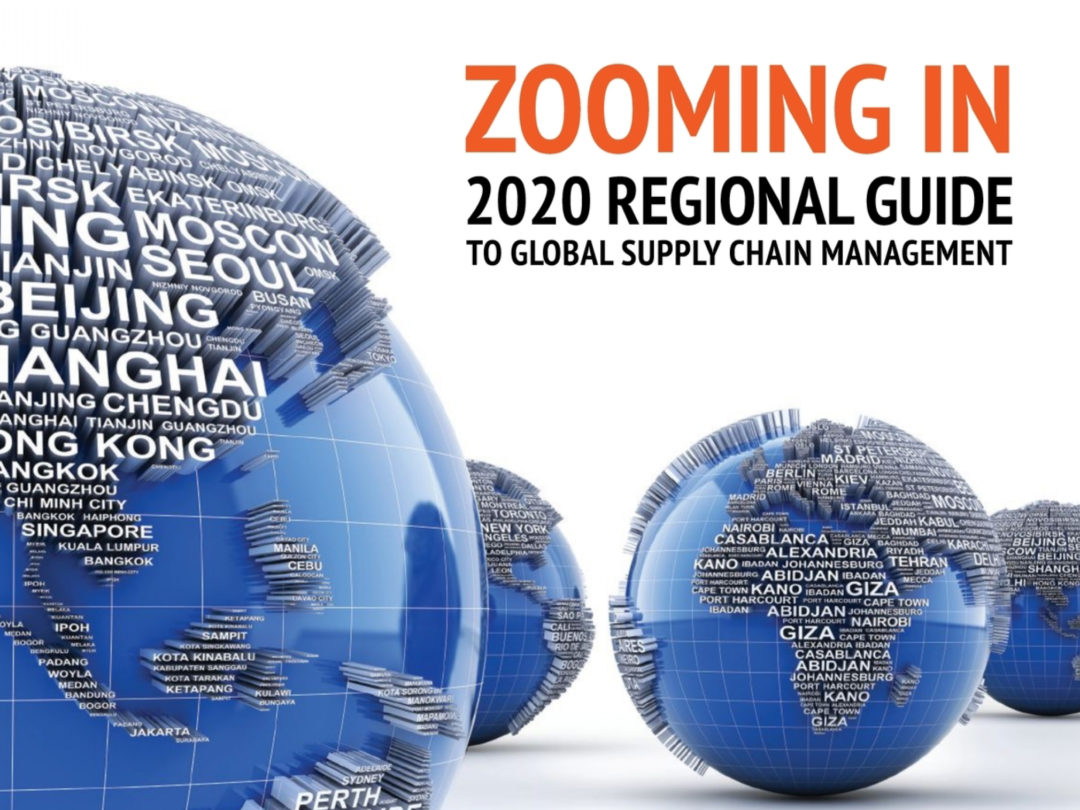
Visit Our Sponsors |
|
|
|
|
|
|
|
|
|
|
|
|
|
|
|
|
|
|
|
|
|
|
|
|
|
|
|
|
|
|
|
|
|
|
|
|
|
|

The subtitle of Tim Marshall’s eye-opening book Prisoners of Geography promises “Ten Maps That Explain Everything About the World.” And they just about do. Marshall’s contention is that geography is, essentially, destiny: that a given country or region’s location, climate, terrain and access to natural resources determines the strength of its economy, relations with neighbors, and overall place in the pecking order of nations.
It’s hard to argue with that thesis. Yet those of us who think in terms of global supply chains tend to see the world as a cohesive entity made up of many interlocking and interdependent parts. We minimize the differences between nations in favor of this holistic view. So it becomes important from time to time to zoom in — to understand what makes each country unique, including the particular challenges that it faces as a thriving member of the global community.
Zooming in is precisely what we aim to do, in this second annual Regional Guide to Global Supply Chain Management. Here, you’ll find a series of reports and perspectives that shine a light on discrete parts of the world, and how they fit into that bigger puzzle. It’s essential that we study our trading partners from this “on-the-ground” perspective, to understand what it takes to keep product flowing between nations with such disparate economics, regulatory regimes, and strengths and weaknesses.
So here you’ll find commentary from close to home — covering the ins and outs of doing business in North America — along with expert insight into Asia and Europe. Certainly some common themes emerge, including the all-encompassing impact of e-commerce and the internet worldwide. But we also offer a look at issues that are unique to certain regions, such as the complexities of moving goods across the border between the U.S. and Mexico, the rapid transformation of China’s economy, the potential for massive disruption triggered by Brexit, the growing pains of Southeast Asia and Oceania, and the serialization of pharmaceuticals in Russia. By no means it is a complete picture, but taken together, the articles that follow are meant to deepen our understanding of how the regions of the world differ, as well as how they’re alike.
That said, one recent development has taught us, in the harshest possible terms, what all nations have in common: our vulnerability to a global pandemic. A disease that knows no boundaries, that cares nothing of human-made barriers to entry, brought worldwide activity to a screeching halt. We’ll be feeling its effects for years to come, as individual nations struggle to contain the coronavirus while defibrillating their dormant economies.
Here’s hoping this terrible disaster will leave us with lessons about preparing for similar (and maybe even worse) pandemics in future. Effective risk management should, after all, be top of mind for every supply-chain executive today. Memories of a disease, flood, earthquake or tsunami can be alarmingly short, causing carefully designed crisis plans to gather dust in uneventful times (if, indeed, such times even exist anymore).
Visions of a “global village” aside, Step One in being ready for anything is possessing the basic intelligence about all of the world’s regions that is essential to managing any supply chain. With that in mind, we offer our contribution toward this crucial understanding.
Read the 2020 Regional Guide to Global Supply Chain Management here.
RELATED CONTENT
RELATED VIDEOS
Timely, incisive articles delivered directly to your inbox.






